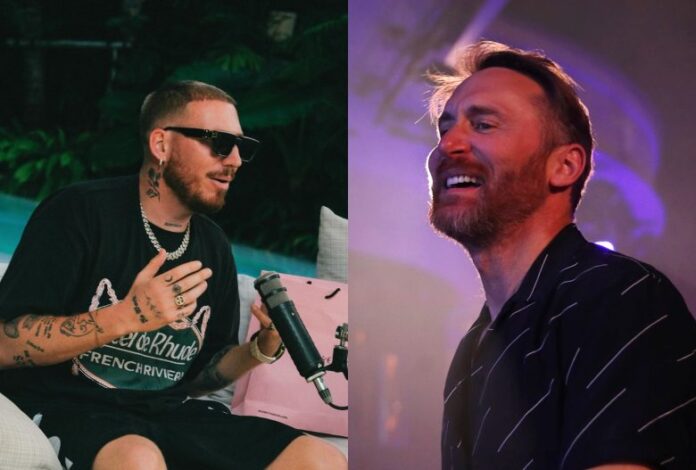Fairy Tail's anime was no simple matter. Spanning over 300 half-hour episodes, complete with filler here and there, it at some points, followed the manga closely, but played fast and loose with the rules at other. Then there was a change of animation studios, to boot.
Many popular anime studios do a great job bringing manga to the small screen, but when it comes to the little details along the way, viewers can be picky. Perhaps the color palette looks off, or the animation is choppy or some liberties were taken with the source manga itself. When Fairy Tail's anime went from Satelight to Studio Bridge, though, many fans agree the switch was ultimately for the better.
Studio Bridge Kept Closer to the Fairy Tail Manga
When adapting a series, it's up to the animators to faithfully recreate the original material in a manner suited to the medium, in this case, TV. TV rules tend to be more strict, often resulting in some noticeable content edits, such as a wound going from bleeding in the original to bruised in the adaptation, for example. But while nearly all of Fairy Tail's story arcs and big moments made it into the anime, the series' first studio, A-1 Pictures Satelight, took some unnecessary liberties with certain characters or events.
Take, for example, supporting character Lisanna Strauss, a Fairy Tail guildmember. Satelight gave her a larger role compared to the manga, including in filler episodes playing up Lisanna's possible romantic involvement with Natsu. Of course, fans can simply skip over filler episodes and thus avoid strange additions like this, but all the same, it stands out as an odd choice that muddles whatever Hiro Mashima, Fairy Tail's creator, might have meant to convey with Lisanna's character. In small ways, characters like her end up slightly warped. The second studio, Studio Bridge, did not do this. That's one reason to favor a change of animation studios.
Satelight Unnecessarily Altered Fairy Tail's Visuals
Many of the biggest changes between Satelight and Studio Bridge concerned, unsurprisingly, the anime's visuals. Hiro Mashima's art set the mold for what Fairy Tail's world should look like, though Satelight strayed from that path as well. Characters like Lucy had slightly different facial shapes and designs, and Lucy's face in particular was rounder than in the manga, while Erza was bulkier. These changes were undone when Studio Bridge took over for Fairy Tail's second season, where everyone more closely resembled their manga iterations. Messing with character designs is the surest way to draw fan ire, but when characters end up looking younger, older, tougher or thinner than they should, a certain degree of it might be justified.
Things changed again from Satelight to Studio Bridge when it came to visual cues. For example, Satelight used wide-angle shots for just about everything and even obviously reused animation in fight scenes. The studio also liberally used the "magic circle" visual cue -- glowing, floating runes that formed elaborate circles as spells charged up. While magic circles are common in fantasy series, Satelight arguably overdid it, using them in places circles didn't even belong. Obviously, heavy-duty spells like Unision Raid and Urano Metria called for them, but Gray's small-scale ice attacks and Natsu's fire abilities...not so much. Often, Natsu would simply smash his fists together, and a magic circle would inexplicably pop up. Studio Bridge, by contrast, did away with them entirely when it came to Natsu, creating a less cluttered visual. This also makes the magic system look less gimmicky, and keeps the spells from all looking the same.
Even Studio Bridge's color palette differed from Satelight's. Satelight favored bright, almost neon colors for everything from hair to clothes, while Studio Bridge opted for more muted, softer colors that were less "Saturday morning anime." This is especially noticeable with Lucy Heartfilia, who's inherently a colorful character, from her blonde hair and hair ribbons to her many stylish outfits. Her hair went from highlighter yellow to a softer blonde color in the second series. The same is true for Laxus Dreyar, another blonde, the pink-haired Natsu Dragneel and pretty much everyone with brighter hair colors. Along with the other fixes, Studio Bridge made sure to take care of that.
About The Author

